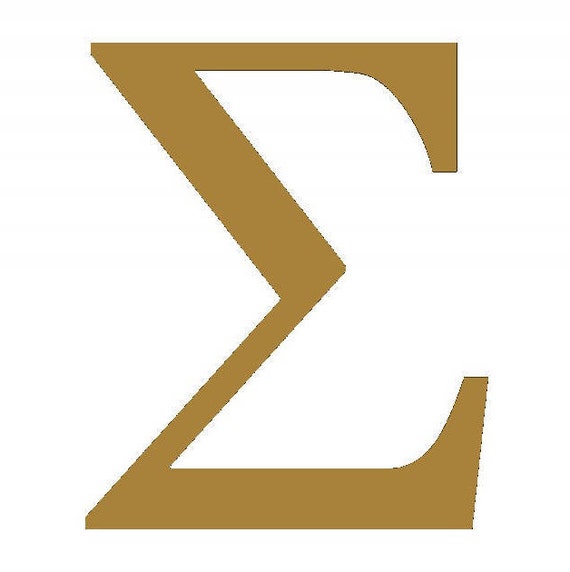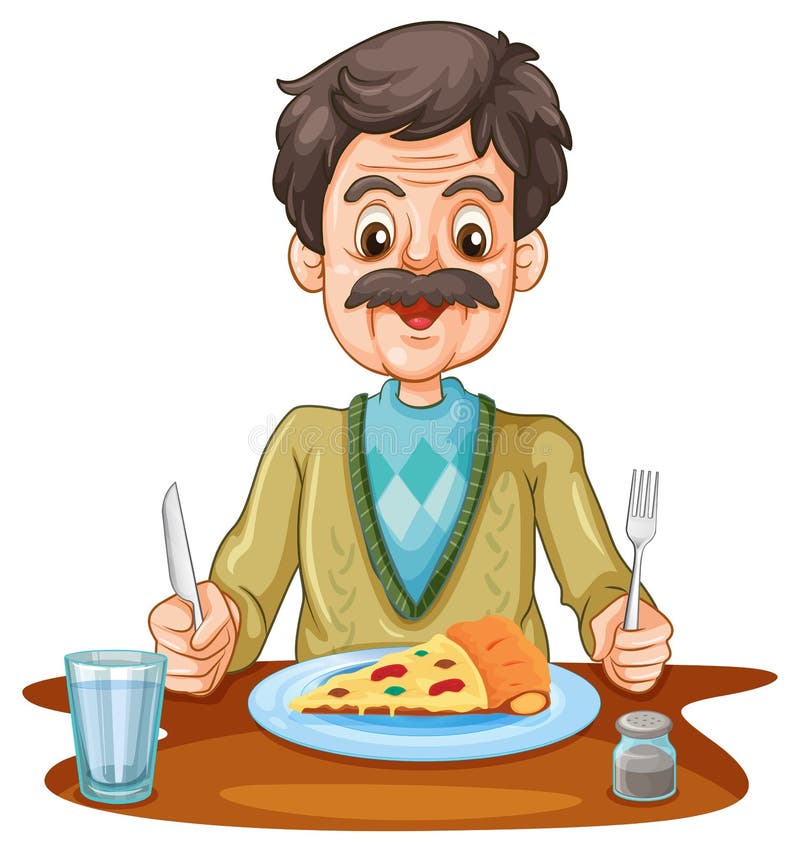Post by Sigma on Dec 26, 2018 13:37:23 GMT
Kosher foods are those that conform to the Jewish dietary regulations of kashrut (dietary law), primarily derived from Leviticus and Deuteronomy. Food that may be consumed according to halakha (law) is termed kosher (/ˈkoʊʃər/) in English (in this context, fit for consumption). Food that is not in accordance with law is called treif (/treɪf/) meaning "torn."
The Torah permits only land animals which both chew the cud and have cloven hooves. Four animals, the hare, hyrax, camel and pig are specifically identified as being forbidden, because they possess only one of the above characteristics:Tthe hare, hyrax and camel are hindgut fermenters, while the pig has a cloven hoof.
The Torah lists winged creatures which may not be consumed, mainly birds of prey, fish-eating water-birds and bats. The Torah permits fish residing in "the waters" (seas and rivers) only having both fins and scales.
The Torah forbids creeping things that crawl the earth (Hebrew: sheqets) and "flying creeping things" with four exceptions: Two types of locust, the beetle/cricket and the grasshopper.
In addition to meat, products of forbidden species and from unhealthy animals were banned by the Talmudic writers. This included eggs (including fish roe) and milk, as well as derived products such as cheese and jelly, but did not include materials merely "manufactured" or "gathered" by animals, such as honey (although, in the case of honey from animals other than bees, there was a difference of opinion among the ancient writers). According to the rabbinical writers, eggs from ritually pure animals would always be prolate ("pointy") at one end and oblate ("rounded") at the other, helping to reduce uncertainty about whether consumption was permitted or not.
The classic rabbinical writers imply that milk from an animal whose meat is kosher is also kosher. As animals are considered non-kosher if after being slaughtered, they are discovered to have been diseased; this could make their milk retroactively non-kosher. However, by adhering to the principle that the majority case overrules the exception, Jewish tradition continues to regard such milk as kosher, since statistically it is true that most animals producing such milk are kosher; the same principle is not applied to the possibility of consuming meat from an animal which has not been checked for disease. Rabbi Hershel Schachter, a prominent rosh yeshiva at Yeshiva University, has made the bold claim that with modern dairy farm equipment, milk from the minority of nonkosher cows is invariably mixed with that of the majority of kosher cows, thus invalidating the permissibility of consuming milk from a large dairy operation; the Orthodox Union, however, released a statement declaring the milk permissible based on some leniencies.
Of the rules appearing, in two groups, in Exodus, most do not express dietary laws, but one of the few dietary rules it does list is a ban on eating the meat from animals which have been "torn by beasts"; a related law appears in Deuteronomy's law code, totally prohibiting the consumption of anything that has died from natural causes, and even giving away or selling such things. The Book of Ezekiel implies that the rules about animals which die of natural causes, or are "torn by beasts", were adhered to only by the priests and were intended only for them; the implication that they did not apply to, and were not upheld by, ordinary Israelites was noticed by the classical rabbis, who declared "the prophet Elijah shall some day explain this problematic passage".
Traditional Jewish thought has expressed the view that all meat must come from animals which have been slaughtered according to Jewish law. These strict guidelines require the animal be killed by a single cut across the throat to a precise depth, severing both carotid arteries, both jugular veins, both vagus nerves, the trachea and the esophagus, no higher than the epiglottis and no lower than where cilia begin inside the trachea, causing the animal to bleed to death. Orthodox Jews argue that this ensures the animal dies instantly without unnecessary suffering, but many animal rights activists view the process as cruel, arguing that the animal may not lose consciousness immediately, and activists have called for it to be banned.
To avoid tearing, and to ensure the cut is thorough, such slaughter is usually performed by a trained individual, with a large, razor-sharp knife, which is checked before each killing to ensure that it has no irregularities (such as nicks and dents); if irregularities are discovered, or the cut is too shallow, the meat is deemed not kosher. Rabbis usually require the slaughterer, known within Judaism as a shochet, to also be a pious Jew of good character and an observer of the Shabbat. In smaller communities, the shochet was often the town rabbi, or a rabbi from a local synagogue, but large slaughterhouses usually employ a full-time shochet if they intend to sell kosher meat.
The Talmud, and later Jewish authorities, also prohibit the consumption of meat from animals who were slaughtered despite being in the process of dying from disease; but this is not based on concern for the health of the eater, instead being an extension of the rules banning the meat from animals torn by beasts, and animals which die from natural causes. To comply with this Talmudic injunction against eating diseased animals, Orthodox Jews usually require that the corpses of freshly slaughtered animals are thoroughly inspected. There are 70 different traditional checks for irregularities and growths; for example, there are checks to ensure that the lungs have absolutely no scars, which might have been caused by an inflammation. If these checks are passed, the meat is then termed glatt (גלאַט), the Yiddish word meaning smooth.
Compromises in countries with animal cruelty laws that prohibit such practices involve stunning the animal to lessen the suffering that occurs while the animal bleeds to death. However, the use of electric shocks to daze the animal is often not accepted by some markets as producing meat which is kosher.
The Torah permits only land animals which both chew the cud and have cloven hooves. Four animals, the hare, hyrax, camel and pig are specifically identified as being forbidden, because they possess only one of the above characteristics:Tthe hare, hyrax and camel are hindgut fermenters, while the pig has a cloven hoof.
The Torah lists winged creatures which may not be consumed, mainly birds of prey, fish-eating water-birds and bats. The Torah permits fish residing in "the waters" (seas and rivers) only having both fins and scales.
The Torah forbids creeping things that crawl the earth (Hebrew: sheqets) and "flying creeping things" with four exceptions: Two types of locust, the beetle/cricket and the grasshopper.
In addition to meat, products of forbidden species and from unhealthy animals were banned by the Talmudic writers. This included eggs (including fish roe) and milk, as well as derived products such as cheese and jelly, but did not include materials merely "manufactured" or "gathered" by animals, such as honey (although, in the case of honey from animals other than bees, there was a difference of opinion among the ancient writers). According to the rabbinical writers, eggs from ritually pure animals would always be prolate ("pointy") at one end and oblate ("rounded") at the other, helping to reduce uncertainty about whether consumption was permitted or not.
The classic rabbinical writers imply that milk from an animal whose meat is kosher is also kosher. As animals are considered non-kosher if after being slaughtered, they are discovered to have been diseased; this could make their milk retroactively non-kosher. However, by adhering to the principle that the majority case overrules the exception, Jewish tradition continues to regard such milk as kosher, since statistically it is true that most animals producing such milk are kosher; the same principle is not applied to the possibility of consuming meat from an animal which has not been checked for disease. Rabbi Hershel Schachter, a prominent rosh yeshiva at Yeshiva University, has made the bold claim that with modern dairy farm equipment, milk from the minority of nonkosher cows is invariably mixed with that of the majority of kosher cows, thus invalidating the permissibility of consuming milk from a large dairy operation; the Orthodox Union, however, released a statement declaring the milk permissible based on some leniencies.
Of the rules appearing, in two groups, in Exodus, most do not express dietary laws, but one of the few dietary rules it does list is a ban on eating the meat from animals which have been "torn by beasts"; a related law appears in Deuteronomy's law code, totally prohibiting the consumption of anything that has died from natural causes, and even giving away or selling such things. The Book of Ezekiel implies that the rules about animals which die of natural causes, or are "torn by beasts", were adhered to only by the priests and were intended only for them; the implication that they did not apply to, and were not upheld by, ordinary Israelites was noticed by the classical rabbis, who declared "the prophet Elijah shall some day explain this problematic passage".
Traditional Jewish thought has expressed the view that all meat must come from animals which have been slaughtered according to Jewish law. These strict guidelines require the animal be killed by a single cut across the throat to a precise depth, severing both carotid arteries, both jugular veins, both vagus nerves, the trachea and the esophagus, no higher than the epiglottis and no lower than where cilia begin inside the trachea, causing the animal to bleed to death. Orthodox Jews argue that this ensures the animal dies instantly without unnecessary suffering, but many animal rights activists view the process as cruel, arguing that the animal may not lose consciousness immediately, and activists have called for it to be banned.
To avoid tearing, and to ensure the cut is thorough, such slaughter is usually performed by a trained individual, with a large, razor-sharp knife, which is checked before each killing to ensure that it has no irregularities (such as nicks and dents); if irregularities are discovered, or the cut is too shallow, the meat is deemed not kosher. Rabbis usually require the slaughterer, known within Judaism as a shochet, to also be a pious Jew of good character and an observer of the Shabbat. In smaller communities, the shochet was often the town rabbi, or a rabbi from a local synagogue, but large slaughterhouses usually employ a full-time shochet if they intend to sell kosher meat.
The Talmud, and later Jewish authorities, also prohibit the consumption of meat from animals who were slaughtered despite being in the process of dying from disease; but this is not based on concern for the health of the eater, instead being an extension of the rules banning the meat from animals torn by beasts, and animals which die from natural causes. To comply with this Talmudic injunction against eating diseased animals, Orthodox Jews usually require that the corpses of freshly slaughtered animals are thoroughly inspected. There are 70 different traditional checks for irregularities and growths; for example, there are checks to ensure that the lungs have absolutely no scars, which might have been caused by an inflammation. If these checks are passed, the meat is then termed glatt (גלאַט), the Yiddish word meaning smooth.
Compromises in countries with animal cruelty laws that prohibit such practices involve stunning the animal to lessen the suffering that occurs while the animal bleeds to death. However, the use of electric shocks to daze the animal is often not accepted by some markets as producing meat which is kosher.






